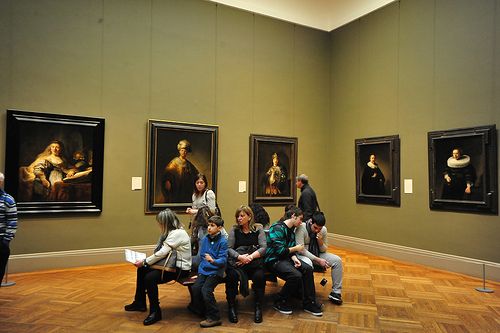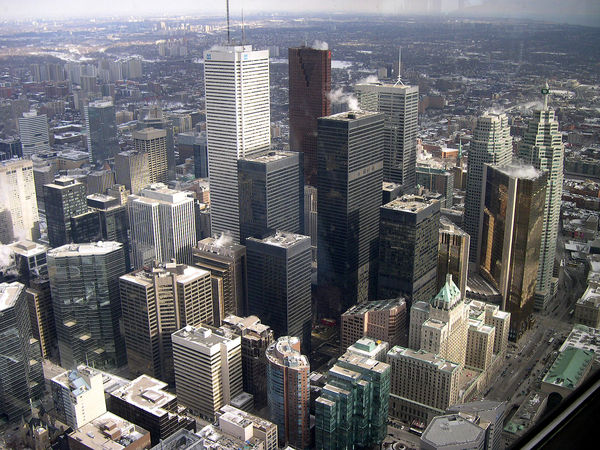Mysore is a city still replete with India’s old-world charm. The third largest city in the state of Karnataka, Mysore is known as the “Sandalwood City of India” due to the ongoing tradition and industry of sandalwood carving and oil production. Over 3 million tourists visit Mysore each year to take in its many historical and religious site, and many of them are from right inside India.
Well-known for its palaces, Mysore is also the source of the Mysore painting style as well as Mysore Pak — a sweet lentil flour dish popular throughout India; the Mysore Peta — a specific style of turban; and it has the distinction of being the site of the very first private radio station in all of India. Almost 1 million people call the city home, and while technology, rosewood carving and sandalwood oil production provide some benefit to the local economy, the vast majority of Mysore’s industry is centered around tourism, and it’s easy to see why.
The Brindavan Gardens
A short 19-kilometer drive from Mysore will bring you to Brindavan Gardens. A terrace garden famous for its symmetric design, Brindavan Gardens was founded in 1927 by the Indian Department of Horticulture and completed five years later in 1932. Its primary attraction is a musical fountain in the center that, at night, lights up and “dances.”
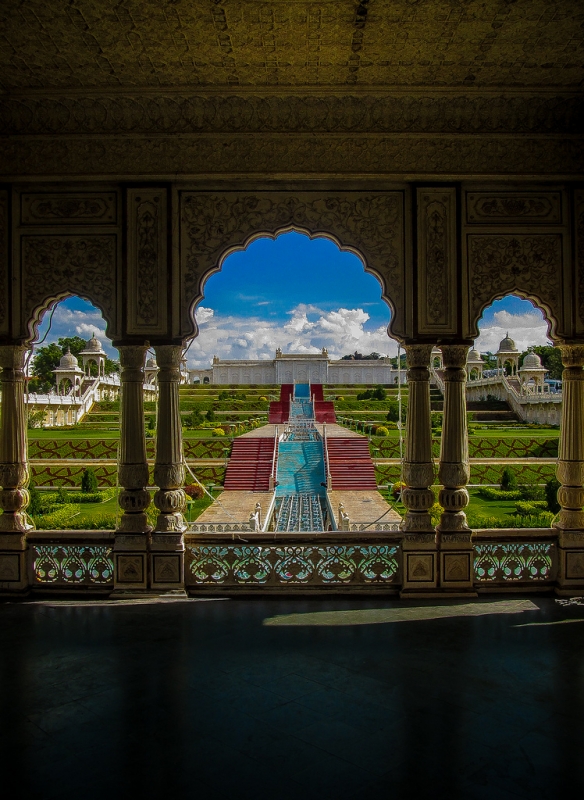
- Mughal Garden / BrindavanDebajyoti_Das / Foter / Creative Commons Attribution-ShareAlike 2.0 Generic (CC BY-SA 2.0)
Chamundi Hills
Mysore is built at the base of the Chamundi Hills, one of eight sacred hills in India. The hills owe their name to the goddess Chamundeshwari. Her beautiful shrine, the Chamundeswari Temple sits atop the main hill, along with the Mahishasura Statue, and a number of other temples. A lone, stone stairway that was constructed in 1664 leads to the top of the main hill, and while traversing it, you will pass a large statue of Nandi, the bull — the transport of Lord Shiva.
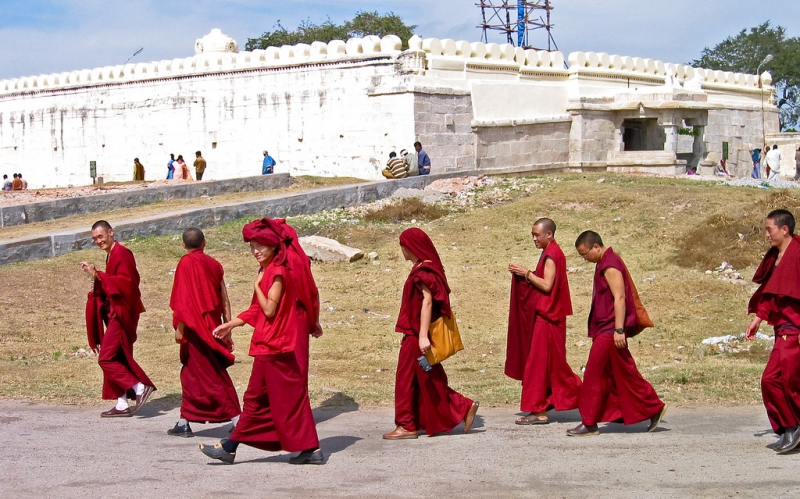
- Chamundi HillsNataraj Metz / Foter / Creative Commons Attribution-NonCommercial-ShareAlike 2.0 Generic (CC BY-NC-SA 2.0)
Datta Peetham
Datta Peetham is an ashram in Mysore whose pontiff is renowned for his healing, meditation and music. A place devoted to meditation and the practice of the ancient Vedic traditions, people from all over the world travel to this ashram to live, practice and search for God.
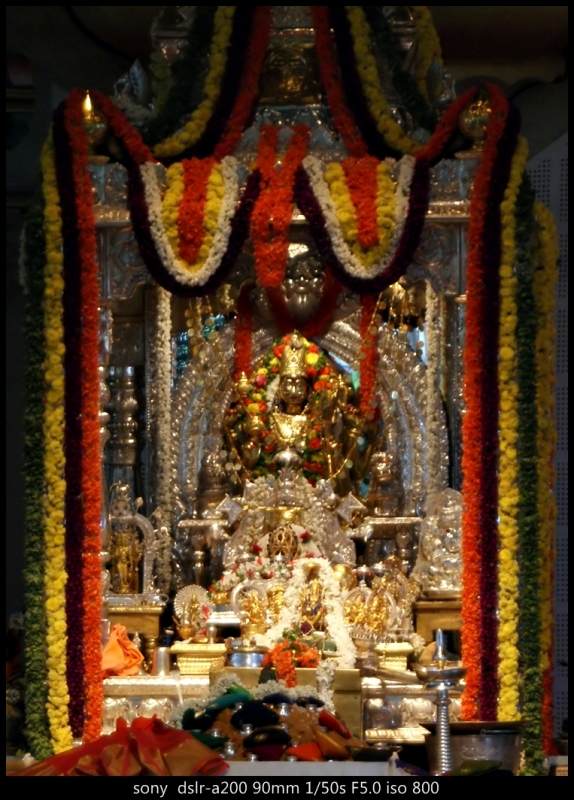
- Mighty Goddess{ pranav } / Foter / Creative Commons Attribution 2.0 Generic (CC BY 2.0)
The Mysore Palace
Over 2.7 million visitors cross its threshold each year making Mysore Palace the second most popular tourist site in all of India after the Taj Mahal. Originally built in 897, the first palace was completely destroyed by fire 1,000 years later. The structure that stands now was completed in 1912, and it still provides housing for the royal family. Photographs are not allowed inside the palace, but visitors are welcome to tour the structure. Hindu, Muslim, Gothic and Rajpu architectural styles are visible throughout.
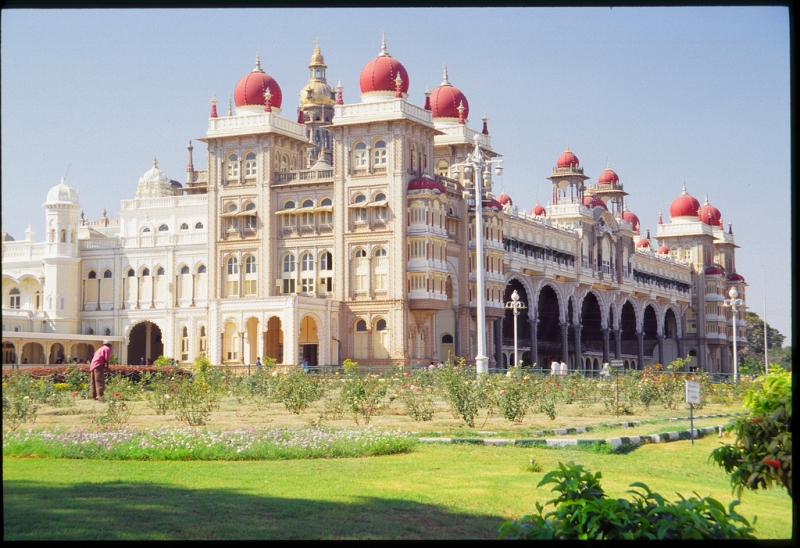
- Mysore Palacemircea tudorache / Foter / Creative Commons Attribution-NonCommercial-NoDerivs 2.0 Generic (CC BY-NC-ND 2.0)
Lalitha Mahal
No holiday trip to Mysore is complete without a visit to the city’s second largest palace, Lalitha Mahal. A dazzlingly white building that features an ornate Italian palazzo, beautiful columns and multiple domes, the palace was built by the Maharaja for the Viceroy of India. These days, not only can you visit the palace, but you can also book a night’s stay, as it doubles as a hotel.
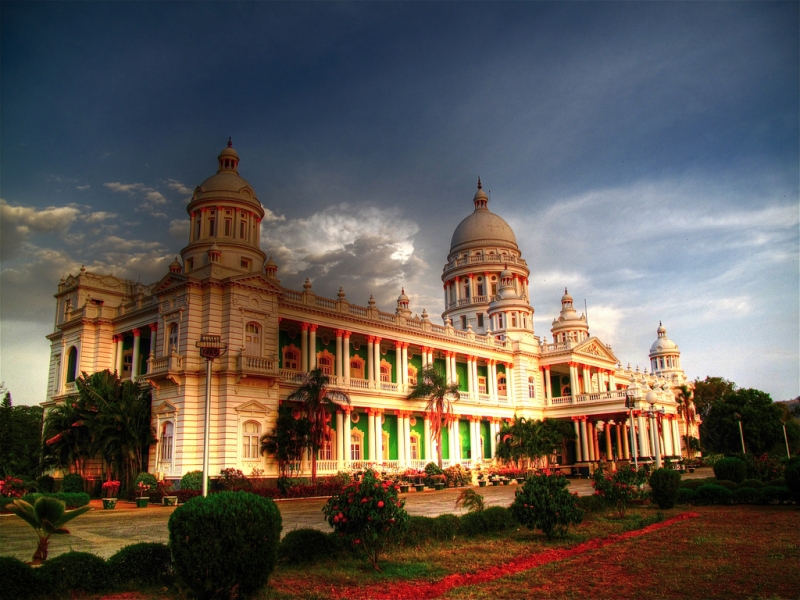
- Lalitha MahalPremshree Pillai / Foter / Creative Commons Attribution-NonCommercial-ShareAlike 2.0 Generic (CC BY-NC-SA 2.0)
Ranganathaswamy Temple
Just 15 kilometers from Mysore is a 9th century Hindu temple dedicated to the physical manifestation of Lord Vishnu, Raganatha. One of the most important shrines in southern India, Ranganathaswamy Temple features ornate carvings, statues and unique architectural flourishes — one of the highlights of which is a statue of Lord Raganatha sleeping on Kalinga, the seven-headed serpent. Thousands of visitors visit this temple daily — some to tour, some to worship.
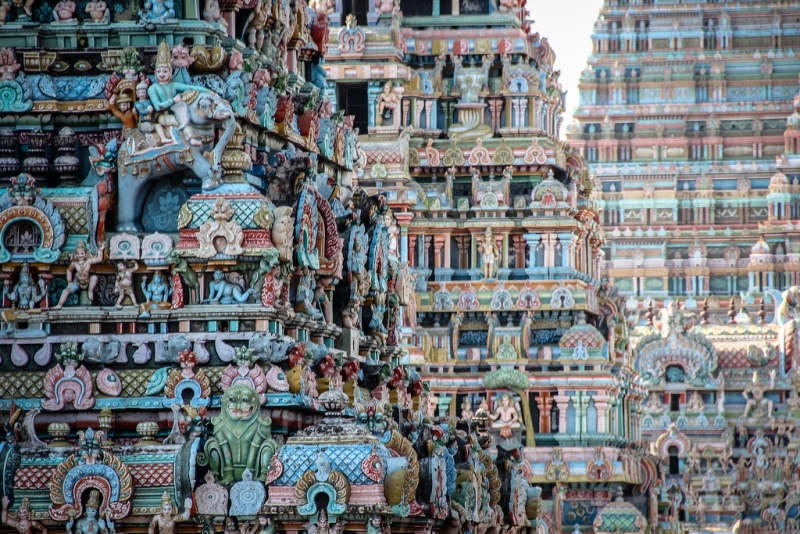
- Ranganathaswamy TempleFabionik / Foter / Creative Commons Attribution-NonCommercial-ShareAlike 2.0 Generic (CC BY-NC-SA 2.0)
St. Philomena’s Church
Built in 1956, the neo-gothic structure that is St. Philomena’s Church is one of the largest Catholic churches in all of India. The twin spires of the massive cathedral stand over 50 metres high, and the main hall can seat up to 800 people. Stunning and detailed stained glass depicts many scenes from the life of Jesus, and a crypt showcases a statue of the church’s namesake, Philomena, who as a young child refused to marry the emperor Diocletian and was martyred. The parish has been active in Mysore for over 200 years, and mass is still said daily.
Mysore is filled with excellent reasons to visit: opulent palaces, hallowed temples and churches, sacred hills and a history that extends well beyond southern India among others. Whether your goal is to become reacquainted with an aspect of your Indian heritage that you may have forgotten or you simply wish to explore a region of the world whose offerings still slip beneath most radar, a holiday in Mysore will expand your knowledge and experience of India.

